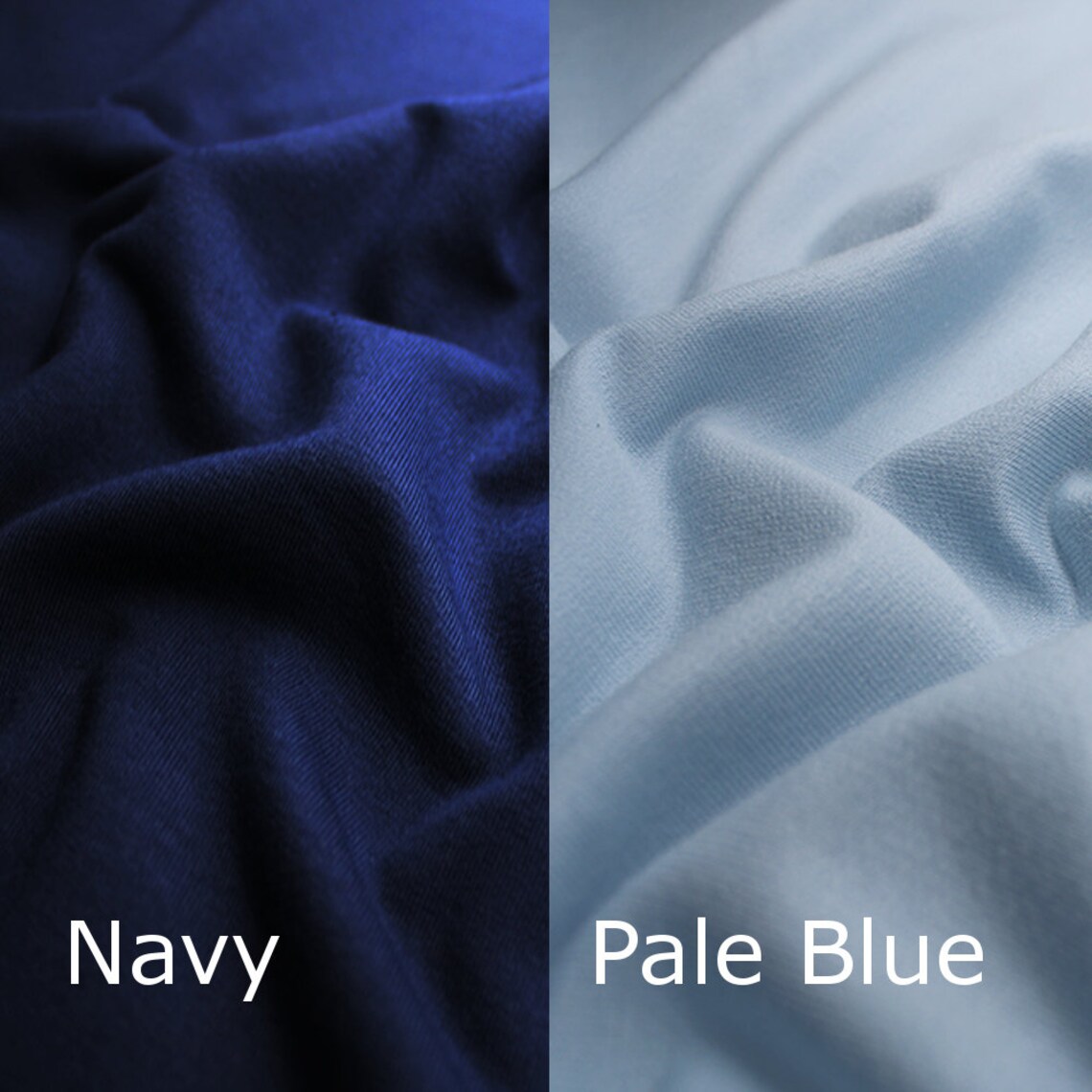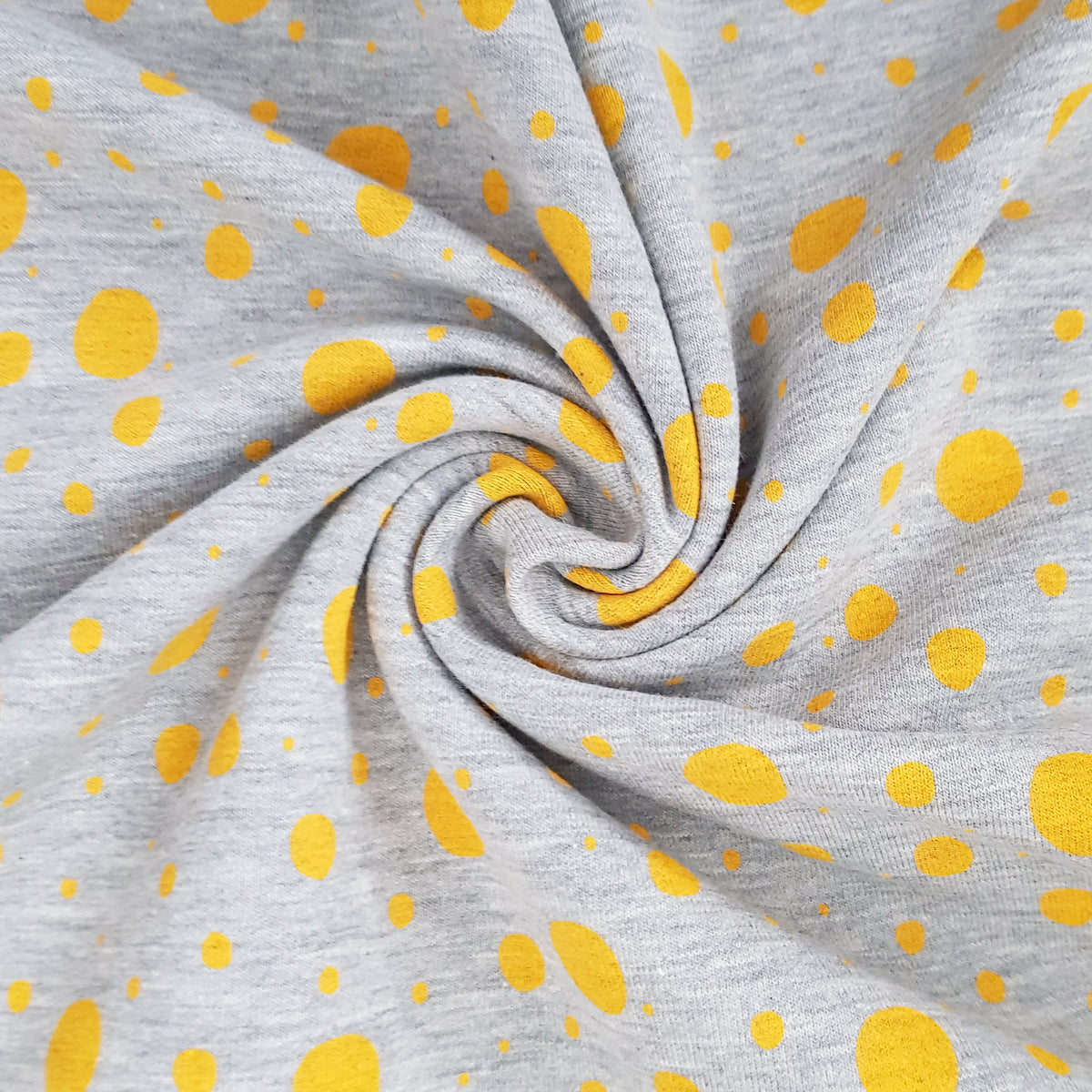
A crushed velour tracksuit is more of a style statement, whereas vintage loopback jersey has a classic look and feel for a more traditional tracksuit. There's so many advantages of the various tracksuit fabrics, as this classic outfit has become part of mainstream, daily fashion. Knitted fabrics with a mesh like construction allow air to get in and cool the body down. Moisture Wicking – a key characteristic people want from their tracksuit material is that it can draw perspiration away from the body.īreathable – it's important that a tracksuit is both warm but also breathable, so you don't overheat during exercise. The solid construction and tight, plain weave Insulating – tracksuit fabrics that have a short pile or napped surface texture help to retain heat and keep the body warm. All of these materials however have a generous give and move with your body during exercise. Stretchy – fabrics such as Scuba have a built-in 4 way stretch, whereas velour, for example, has a stronger stretch in the weft, due to the different constructs. Propertiesīecause there are so many different choices when it comes to tracksuit fabric, there are also many properties associated with them. Tracksuit fabrics are of course predominantly used for making tracksuits, however they're also good lining fabrics for clothes, dresses, suits and curtains. Materials that have a brushed surface or a fleecy pile are excellent thermal insulators, in that the pile traps air which warms up.

Jersey, Scuba, and Velour, for example, are all knitted textiles that have a generous give, making them ideal tracksuit materials. Typically, the fabrics used to make tracksuits will be knitted, as they provide awesome stretch allowing you to freely move about during exercise. Synthetic fabrics are created using chemical processes, whereas natural fabrics are made using all-natural yarns.

Because this garment is designed to be worn for exercise, the fabrics used are chosen for their various properties and characteristics. Every tracksuit fabric is manufactured in its own way, and will have a different surface texture, handle and weight. The fibers will be woven differently to create varying textures, constructs, and levels of transparency. The tracksuit was born out of the 60s 'space age' phase, where synthetic nylon fabrics were combined to create something worn primarily for sports. There's so many types of tracksuit fabrics, each with their own individual properties, but some of our most popular are: In saying this though, tracksuits are now part of everyday apparel, but they are still made using the same fabrics that made the tracksuit so popular. From insulating fleece tracksuits to waterproof tracksuits, they're all designed to help you perform better outdoors or during exercise. However, there's a diverse range of tracksuit styles, designed to be worn in different climates and for different purposes. The tracksuit is a two-piece outfit, comprising of relaxed, loose fit bottoms and a zipped or pull-over jacket, worn for both protection from the outside elements and also to keep muscles warm during exercise. Tracksuit material is comfortable, easy to care for and normally moisture-wicking, drawing perspiration away from the body, allowing for a comfortable work out.

Tracksuit fabrics have special properties that make them ideal for working out and exercising.


 0 kommentar(er)
0 kommentar(er)
